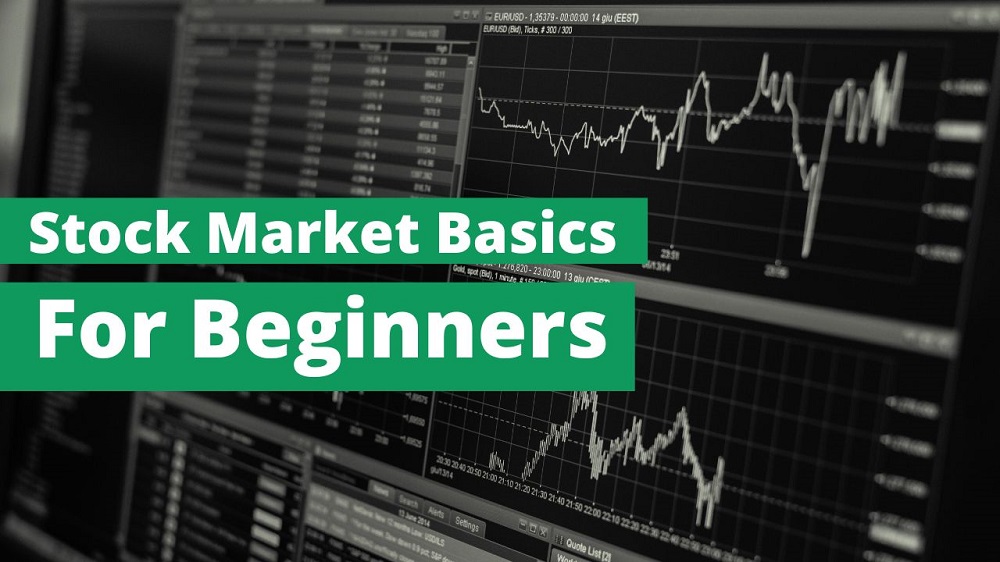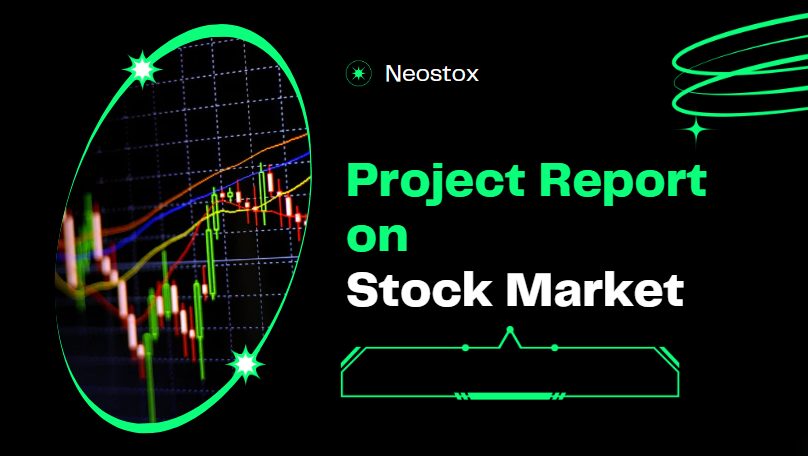Trading and investing, making mistakes with real money can be costly. This is where paper trading comes into play. Paper trading is an excellent way for beginners to learn the ropes of the stock market without risking their hard-earned money. In this comprehensive guide, we will walk you through how to do paper trading, explaining what it is, why it’s beneficial, and how you can get started. We will also provide tips and strategies to help you make the most of your paper trading experience.
What is Paper Trading?
Paper trading, also known as virtual trading or simulated trading, is a practice where individuals buy and sell financial instruments such as stocks, options, and commodities without using real money. Instead of actual funds, traders use virtual money to simulate real market conditions. This allows them to learn and practice trading strategies in a risk-free environment.
The Purpose of Paper Trading
The primary purpose of paper trading is to help traders build confidence and develop their trading skills without the fear of financial loss. By engaging in paper trading, beginners can:
- Understand how the stock market works
- Learn how to use trading platforms
- Develop and test trading strategies
- Gain experience in making trading decisions
- Track and analyze trading performance
Why is Paper Trading Important?
Paper trading is an invaluable tool for both new and experienced traders. Here are some reasons why it is important:
1. Risk-Free Learning Environment
One of the biggest advantages of paper trading is that it provides a risk-free learning environment. Since no real money is involved, traders can experiment with different strategies and learn from their mistakes without financial consequences. This helps in building confidence and developing a solid understanding of the market.
2. Familiarity with Trading Platforms
Paper trading allows beginners to become familiar with various trading platforms and tools. Different platforms have different interfaces and functionalities. By practicing on a virtual account, traders can learn how to navigate these platforms, execute trades, and use technical analysis tools effectively.
3. Strategy Development and Testing
Developing a successful trading strategy requires time, patience, and practice. Paper trading enables traders to test their strategies in real market conditions without risking their capital. They can analyze the performance of their strategies, make adjustments, and refine their approach until they find a method that works for them.
4. Emotional Control
Trading can be an emotional rollercoaster, especially when real money is at stake. Paper trading helps traders understand and manage their emotions by simulating real trading scenarios. This emotional training is crucial for making rational decisions and avoiding impulsive actions that can lead to losses.
5. Performance Evaluation
Paper trading provides a way to track and evaluate trading performance. By keeping a record of trades, traders can analyze their successes and failures, identify patterns, and make informed decisions to improve their trading skills.
How to Get Started with Paper Trading
Getting started with paper trading is relatively straightforward. Here’s a step-by-step guide to help you begin your paper trading journey:
Step 1: Choose a Paper Trading Platform
The first step in paper trading is to choose a platform that offers virtual trading accounts. Neostox is the leading Paper Trading Platform with AI Analytics
Step 2: Set Up a Virtual Account
Once you have chosen a platform, the next step is to set up a virtual trading account. This usually involves creating an account on the platform and selecting the paper trading option. You will be provided with a certain amount of virtual money to start trading.
Step 3: Familiarize Yourself with the Platform
Before you start trading, take some time to familiarize yourself with the platform. Explore its features, tools, and resources. Learn how to place trades, use technical indicators, and analyze market data. Most platforms offer tutorials and educational resources to help you get started.
Step 4: Develop a Trading Plan
A trading plan is a crucial component of successful trading. It outlines your trading goals, risk tolerance, strategies, and rules for entering and exiting trades. When developing a trading plan for paper trading, consider the following:
- Trading Goals: What do you aim to achieve through trading? Are you looking to gain experience, test strategies, or prepare for live trading?
- Risk Tolerance: How much risk are you willing to take on each trade? Determine your risk tolerance and set appropriate stop-loss levels.
- Trading Strategies: Define the strategies you will use for buying and selling assets. This could include technical analysis, fundamental analysis, or a combination of both.
- Entry and Exit Rules: Establish clear criteria for entering and exiting trades. This helps in maintaining discipline and avoiding impulsive decisions.
Step 5: Start Trading
With your virtual account set up and your trading plan in place, you are ready to start trading. Begin by placing trades based on your strategies and monitor their performance. Keep track of your trades, analyze the results, and make adjustments as needed.
Tips for Effective Paper Trading
To make the most of your paper trading experience, consider the following tips:
1. Treat It Like Real Trading
Approach paper trading with the same seriousness and discipline as you would with real trading. This means following your trading plan, managing risk, and making decisions based on analysis rather than emotions.
2. Keep a Trading Journal
Maintain a trading journal to record all your trades, including the reasons for entering and exiting trades, the outcome, and any lessons learned. This journal will be a valuable resource for evaluating your performance and identifying areas for improvement.
3. Analyze Your Trades
Regularly review and analyze your trades to understand what worked and what didn’t. Look for patterns in your successes and failures, and use this information to refine your strategies.
4. Practice Different Strategies
Use paper trading as an opportunity to practice and test different trading strategies. Experiment with various approaches to see which ones work best for you. This will help you develop a diverse set of skills and strategies.
5. Be Patient
Learning to trade successfully takes time and practice. Be patient with yourself and give yourself the time to learn and grow. Avoid the temptation to rush into real trading before you are ready.
Common Mistakes to Avoid in Paper Trading
While paper trading is a valuable learning tool, it’s important to be aware of common mistakes that can hinder your progress. Here are some pitfalls to avoid:
- Not Taking It Seriously: One of the biggest mistakes traders make is not taking paper trading seriously. Treating it as a game or not following a trading plan can lead to bad habits that carry over into real trading.
- Ignoring Emotional Aspects: Even though no real money is involved, emotions can still play a role in paper trading. Overconfidence, fear, and greed can affect your decisions. Practice managing these emotions to prepare for real trading scenarios.
- Failing to Keep Records: Not keeping detailed records of your trades can make it difficult to evaluate your performance and learn from your mistakes. Always maintain a trading journal and review it regularly.
- Using Unrealistic Strategies: Some traders use overly aggressive or unrealistic strategies in paper trading that they wouldn’t use with real money. This can create a false sense of security and lead to poor decision-making when trading with actual funds.
- Transitioning Too Quickly to Real Trading: Rushing to transition from paper trading to real trading can be risky. Ensure you have developed a solid understanding of the market, refined your strategies, and built confidence before trading with real money.
The Transition from Paper Trading to Real Trading
Once you have gained sufficient experience and confidence through paper trading, you may consider transitioning to real trading. Here are some steps to help you make a smooth transition:
- Start Small: When you begin real trading, start with a small amount of capital. This reduces the risk and allows you to gradually build confidence and experience with real money.
- Stick to Your Trading Plan: Continue to follow your trading plan diligently. The principles and strategies you developed during paper trading should guide your decisions in real trading.
- Manage Risk: Effective risk management is crucial in real trading. Use stop-loss orders to limit potential losses and avoid risking more than you can afford to lose on any single trade.
- Monitor Your Emotions: Trading with real money can evoke stronger emotions than paper trading. Be mindful of how your emotions affect your decisions and practice staying calm and rational.
- Continue Learning: The learning process doesn’t end when you start real trading. Continue to educate yourself, refine your strategies, and adapt to changing market conditions.
Conclusion
Paper trading is an essential step for anyone looking to enter the world of trading and investing. It provides a safe and effective way to learn the ropes, develop and test strategies, and build confidence without the risk of financial loss. By following the steps outlined in this guide and approaching paper trading with discipline and dedication, you can gain valuable experience and prepare yourself for successful real trading.
Also Read:
- Pivot Point Trading Strategy
- Top 10 Trading Setups
- Boost Your Profits with Option Trading Advisory
- The Real Trade: True Value in Modern Markets
Frequently Asked Questions
What is paper trading and how does it work?
Paper trading is a way to practice buying and selling stocks without using real money. You use virtual money in a simulated environment that mimics real market conditions. This allows you to learn how to trade, develop strategies, and understand how the market works without any financial risk. It’s a useful tool for beginners to build confidence and for experienced traders to test new strategies.
Why should I start with paper trading before real trading?
Paper trading is essential because it helps you learn without risking real money. It lets you understand how trading platforms work, develop and test strategies, and manage your emotions. By practicing in a risk-free environment, you gain confidence and experience. This makes you better prepared for the real market, reducing the chances of costly mistakes when you start using actual money.
How do I choose a paper trading platform?
To choose a paper trading platform, look for one that offers a user-friendly interface, a variety of tools and resources, and realistic market simulations. Popular platforms include Thinkorswim by TD Ameritrade, E*TRADE, Webull, TradingView, and NinjaTrader. Consider what you want to trade (stocks, options, etc.) and make sure the platform supports it. Also, check for educational resources and customer support.
What should I include in my paper trading plan?
Your paper trading plan should include your trading goals, risk tolerance, strategies, and rules for entering and exiting trades. Define what you want to achieve, such as gaining experience or testing strategies. Determine how much risk you are willing to take on each trade. Outline the methods you’ll use for analyzing and trading assets, and set clear criteria for when to buy and sell.
How long should I paper trade before real trading?
The duration for paper trading varies depending on your learning progress and confidence level. Generally, you should paper trade until you consistently achieve positive results and feel comfortable with your strategies. This could take a few weeks to several months. Ensure you have a solid understanding of the market, are familiar with your trading platform, and have a well-tested trading plan before transitioning to real trading.
Can paper trading help me manage my emotions in real trading?
Yes, paper trading helps you understand and manage your emotions because it simulates real trading conditions. Even though no real money is involved, you can still experience emotions like excitement, fear, and frustration. By practicing in a simulated environment, you learn to make rational decisions and avoid impulsive actions. This emotional training prepares you for handling similar feelings when you start real trading.
What are common mistakes to avoid in paper trading?
Common mistakes include not taking it seriously, ignoring emotional aspects, failing to keep records, using unrealistic strategies, and transitioning to real trading too quickly. Treat paper trading like real trading, maintain a detailed trading journal, manage your emotions, and test strategies you would actually use. Avoid rushing into real trading until you are confident and consistently successful in your paper trades.
How can I track my performance in paper trading?
To track your performance, keep a detailed trading journal where you record all your trades, including the reasons for entering and exiting trades, the outcome, and lessons learned. Review your trades regularly to identify patterns and areas for improvement. Most trading platforms also provide tools and reports to help you analyze your performance, track your gains and losses, and evaluate the effectiveness of your strategies.
What should I do if my paper trading strategy isn’t working?
If your paper trading strategy isn’t working, analyze your trades to identify what went wrong. Look for patterns in your mistakes and successes. Consider adjusting your strategy, such as changing your entry and exit points, risk management rules, or the assets you trade. You can also study different trading strategies and incorporate new techniques. Continuous learning and adaptation are key to improving your trading performance.
Is paper trading suitable for experienced traders too?
Yes, paper trading is beneficial for experienced traders as well. It allows them to test new strategies, refine existing ones, and practice trading different assets without risking real money. Experienced traders can use paper trading to adapt to changing market conditions, try out advanced techniques, and improve their overall trading skills. It’s a valuable tool for continuous learning and staying sharp in the ever-evolving market.




